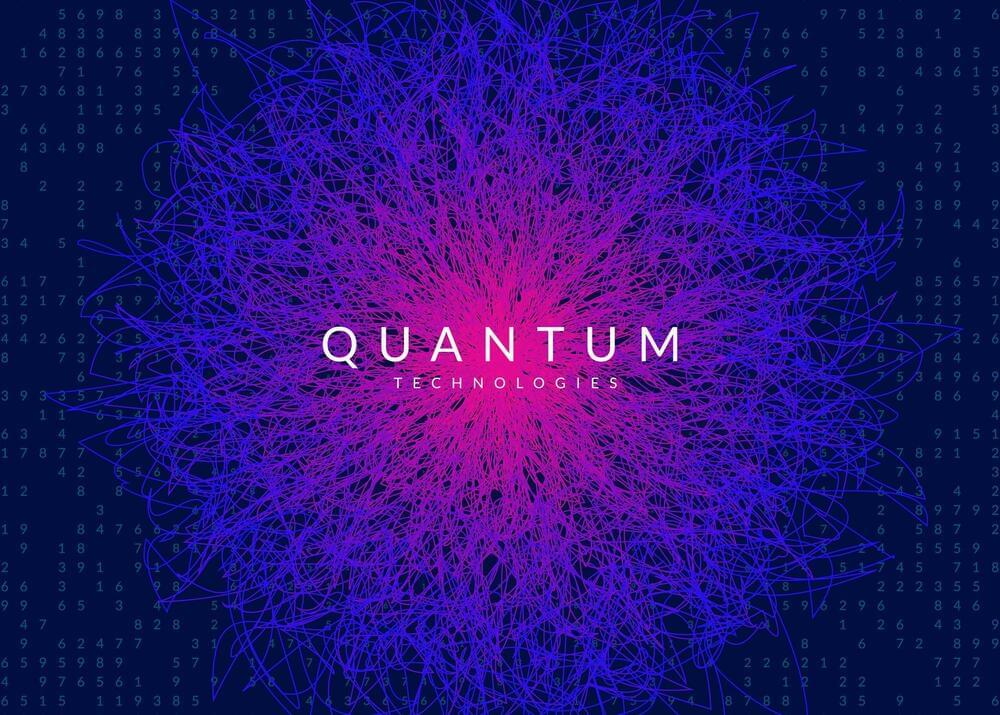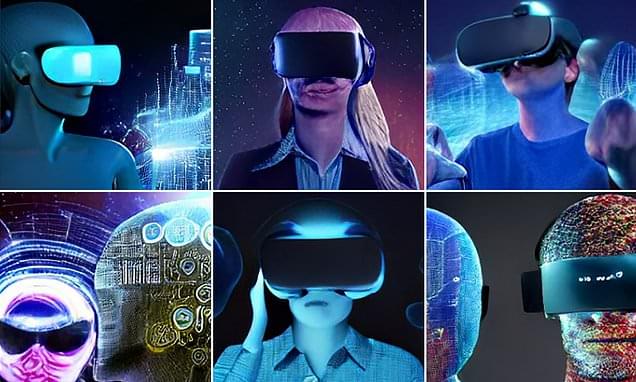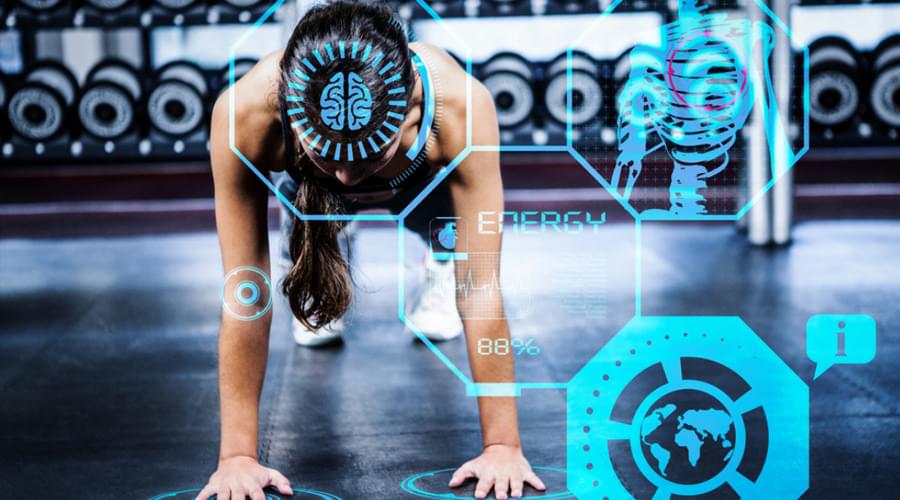Cosmological constraints can be improved by applying machine learning to a combination of data from two leading probes of the large-scale structure of the Universe.



Realize that today’s AI is not able to “think” in any fashion on par with human thinking. When you interact with Alexa or Siri, the conversational capacities might seem akin to human capacities, but the reality is that it is computational and lacks human cognition. The latest era of AI has made extensive use of Machine Learning (ML) and Deep Learning (DL), which leverage computational pattern matching. This has led to AI systems that have the appearance of human-like proclivities. Meanwhile, there isn’t any AI today that has a semblance of common sense and nor has any of the cognitive wonderment of robust human thinking.
ML/DL is a form of computational pattern matching.
AI Asymmetry is getting larger and worsening, particularly via the advent of fully autonomous systems, and for which society needs to be aware of and considering devising remedies such as arming more with AI to essentially fight fire with fire.

Quantum Information Science / Quantum Computing (QIS / QC) continues to make substantial progress into 2023 with commercial applications coming where difficult practical problems can be solved significantly faster using QC (quantum advantage) and QC solving seemingly impossible problems and test cases (not practical problems) that for classical computers such as supercomputers would take thousands of years or beyond classical computing capabilities (quantum supremacy). Often the two terms are interchanged. Claims of quantum advantage or quantum supremacy, at times, are able to be challenged through new algorithms on classical computers.
The potential is for hybrid systems with quantum computers and classical computers such as supercomputers (and perhaps analog computing in the future) could operate in the thousands and potentially millions of times faster in lending more understanding into intractable challenges and problems. Imagine the possibilities and the implications for the benefit of Earth’s ecosystems and humankind significantly impacting in dozens of areas of computational science such as big data analytics, weather forecasting, aerospace and novel transportation engineering, novel new energy paradigms such as renewable energy, healthcare and drug discovery, omics (genomics, transcriptomics, proteomics, metabolomic), economics, AI, large-scale simulations, financial services, new materials, optimization challenges, … endless.
The stakes are so high in competitive and strategic advantage that top corporations and governments are investing in and working with QIS / QC. (See my Forbes article: Government Deep Tech 2022 Top Funding Focus Explainable AI, Photonics, Quantum—they (BDC Deep Tech Fund) invested in QC company Xanadu). For the US, in 2018, there is the USD $1.2 billion National Quantum Initiative Act and related U.S. Department of Energy providing USD $625 million over five years for five quantum information research hubs led by national laboratories: Argonne, Brookhaven, Fermi, Lawrence Berkeley and Oak Ridge. In August 2022, the US CHIPS and Science Act providing hundreds of millions in funding as well. Coverage includes: accelerating the discovery of quantum applications; growing a diverse and domestic quantum workforce; development of critical infrastructure and standardization of cutting-edge R&D.

Artificial intelligence has produced creepy images of what it thinks humans will look like in the metaverse.
Craiyon AI, a popular text-to-image system, created several different pictures of what people might look like if humans all join the metaverse. Each has an augmented reality headset merged with their face.
A number of tech companies, including Mark Zuckerberg’s Meta, are pouring billions of dollars to create virtual worlds where people will be able to shop, work and be entertained.


Marina Smith, a 87-year-old woman who passed away in June, was able to address the mourners at her own funeral in the UK — sort of, at least, thanks to the power of artificial intelligence.
The woman was able to surprise the guests at the funeral in the form of a “holographic conversational video experience,” created by a startup called StoryFile.
The company was founded by Smith’s LA-based son Stephen and was originally created to preserve the memories of Holocaust survivors.
The start of the Moon base begins with the Lunar Space Station going online. This is where Elon Musk’s SpaceX Lunar Starship, the HLS (Human Landing System) docks — picking up astronauts to take to the Lunar surface.
It only takes 3 days to reach the Moon. So technological development happens rapidly. From Lunar dust shields, a crater telescope, and a Boring Company tunnel digger digging out lava tubes for Lunar habitats, to a Lunar railroad using levitating cargo robots.
Additional footage from: NASA, ESA, SpaceX, ESA + Foster and Partners, Vladimir Vustyansky, ESO/M. Kornmesser, Relativity Space.
Thumbnail Credit (Used with Written Permission) — ICON and SEArch+
A Lunar Colony and Moon Base sci-fi documentary, and timelapse look into the future of living on the Moon.
See more of Venture City at my website: https://vx-c.com.
_______

How intelligent can robots get?Robots are getting smarter, which means they are better able to execute our commands. A number of different companies worldwide focus their attention on creating robots but one company in particular is really taking the lead on this lofty goal: Google.
Giving a robotic assistant a broad-based understanding of how to be helpful at home or work isn’t easy. But Google researchers are making progress.

His new prototype had 39 percent greater torque over a traditional motor.
A young engineer called Robert Sansone won the first prize, and winnings of $75,000, at this year’s Regeneron International Science and Engineering Fair (ISEF), the world’s largest international high school STEM competition.
As per Smithsonian Magazine, his new invention could one day transform the electric vehicle (EV) industry. It is a synchronous reluctance motor with improved performance over previous models.
Robert Sansone is a natural born engineer. From animatronic hands to high-speed running boots and a go-kart that can reach speeds of more than 70 miles per hour, the Fort Pierce, Florida-based inventor estimates he’s completed at least 60 engineering projects in his spare time. And he’s only 17 years old.
A couple years ago, Sansone came across a video about the advantages and disadvantages of electric cars. The video explained that most electric car motors require magnets made from rare-earth elements, which can be costly, both financially and environmentally, to extract. The rare-earth materials needed can cost hundreds of dollars per kilogram. In comparison, copper is worth $7.83 per kilogram.